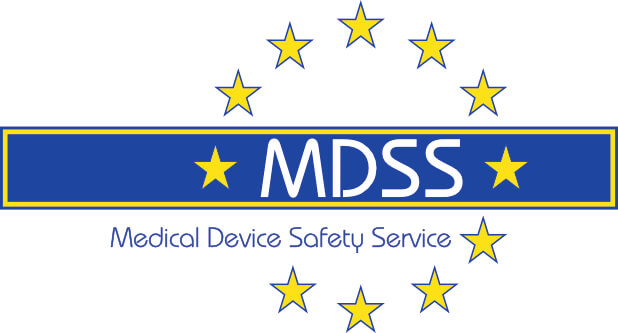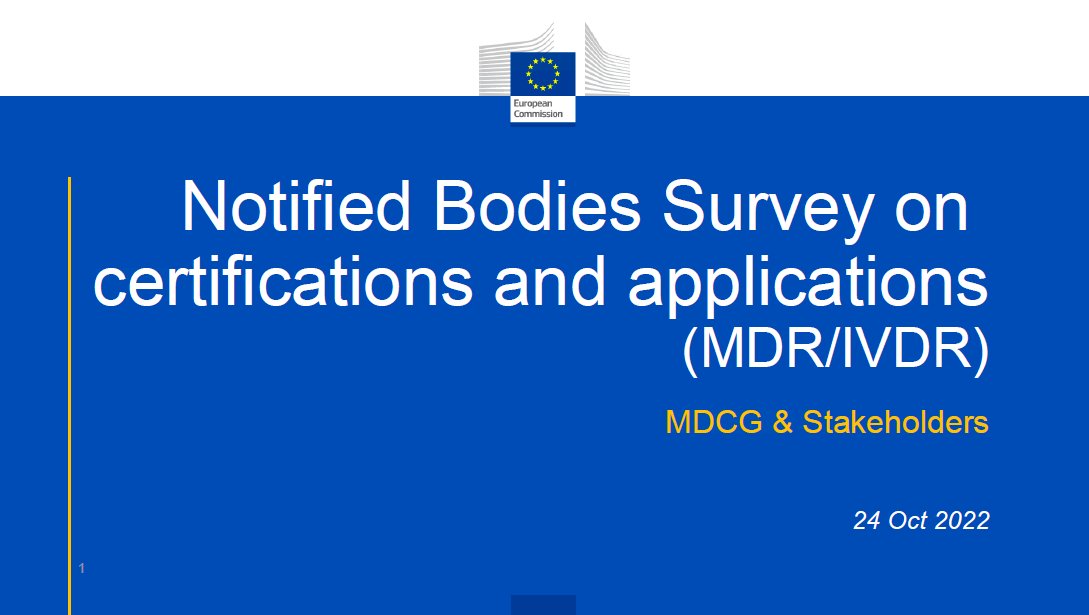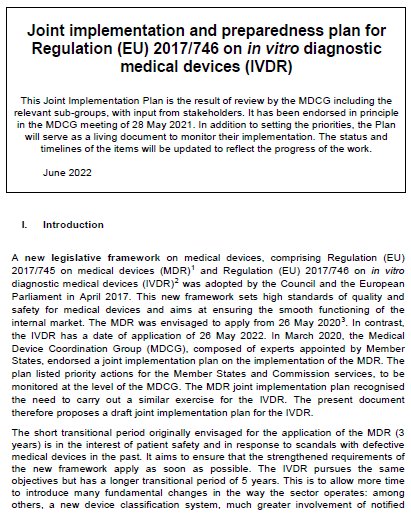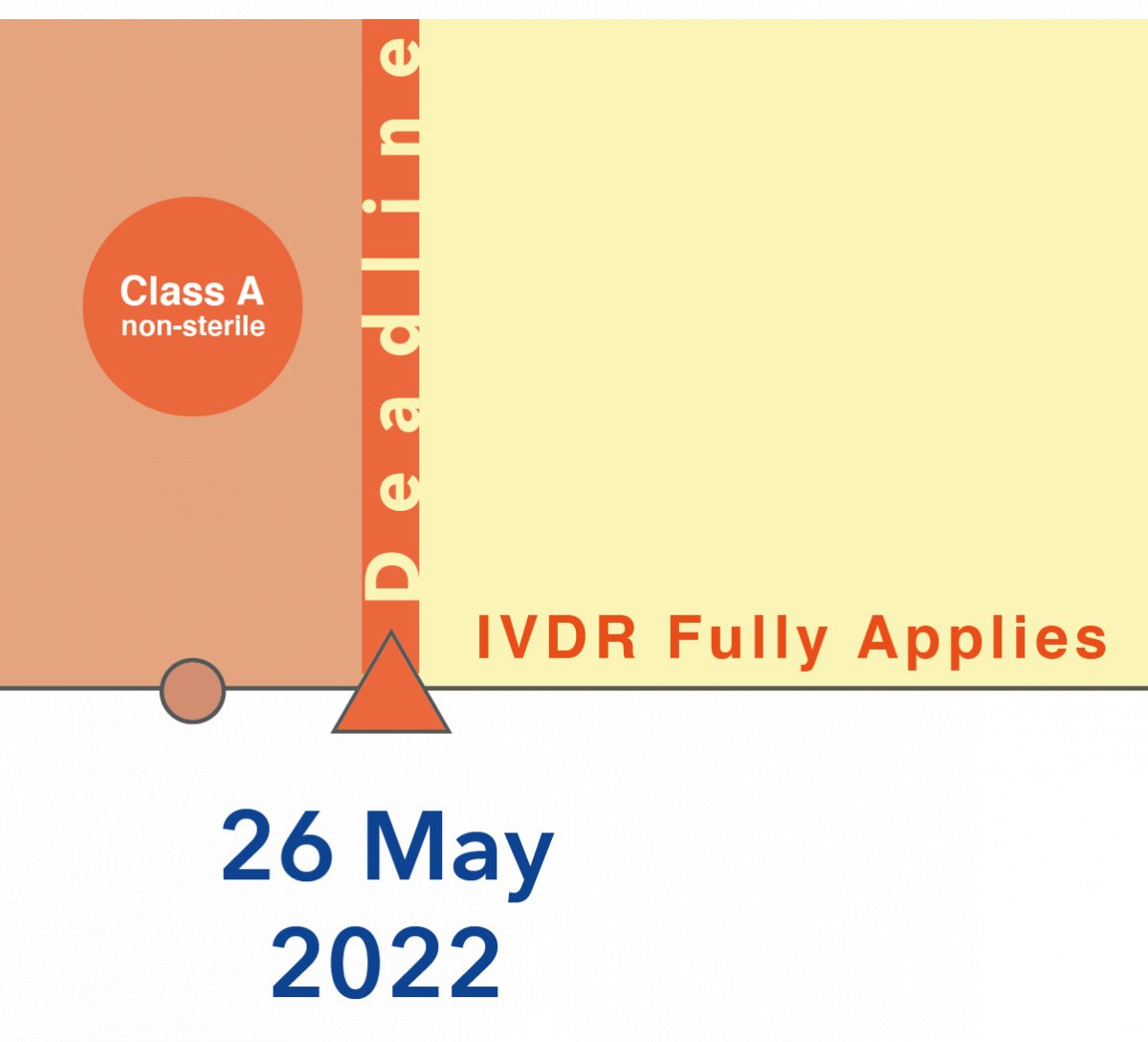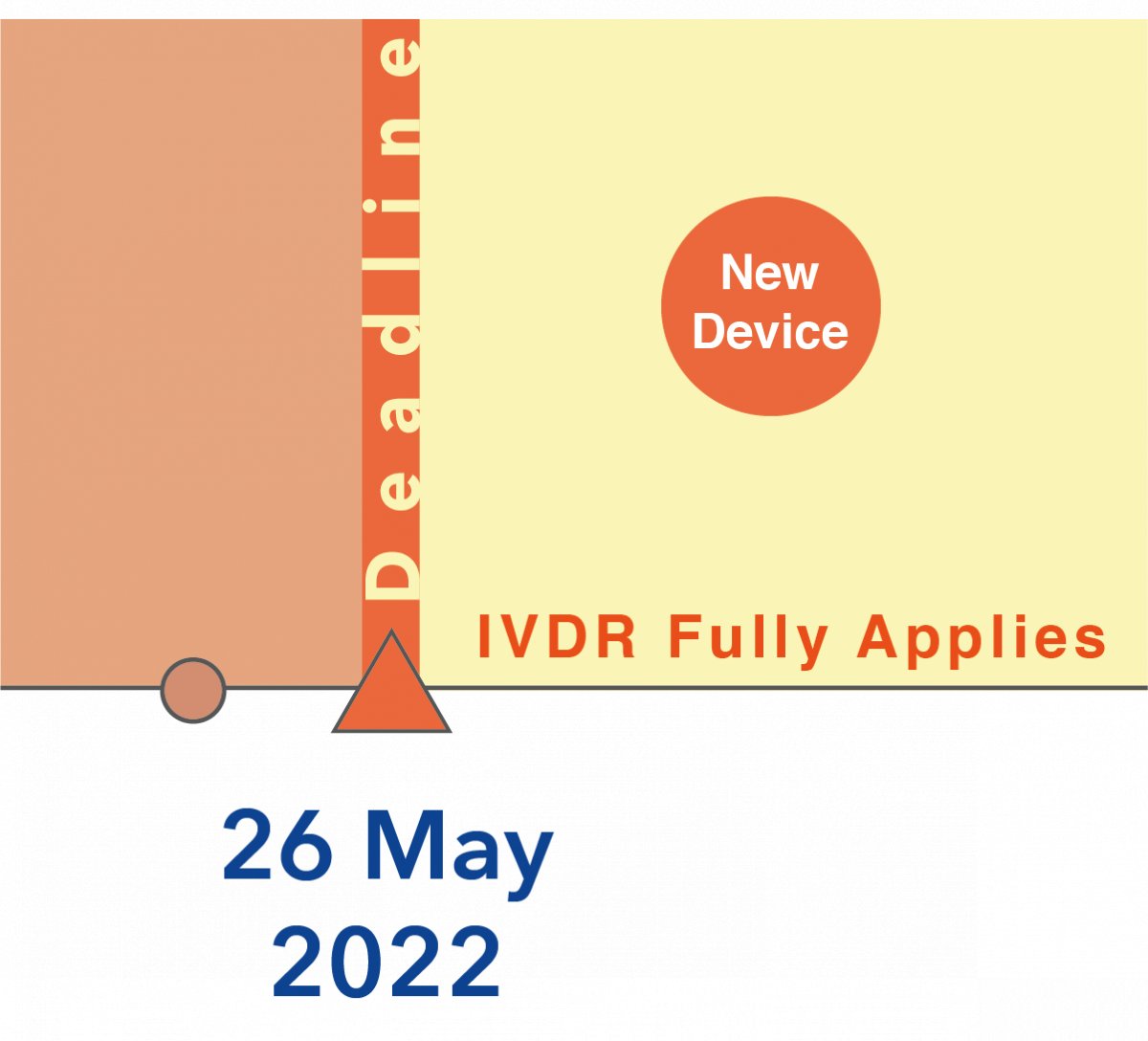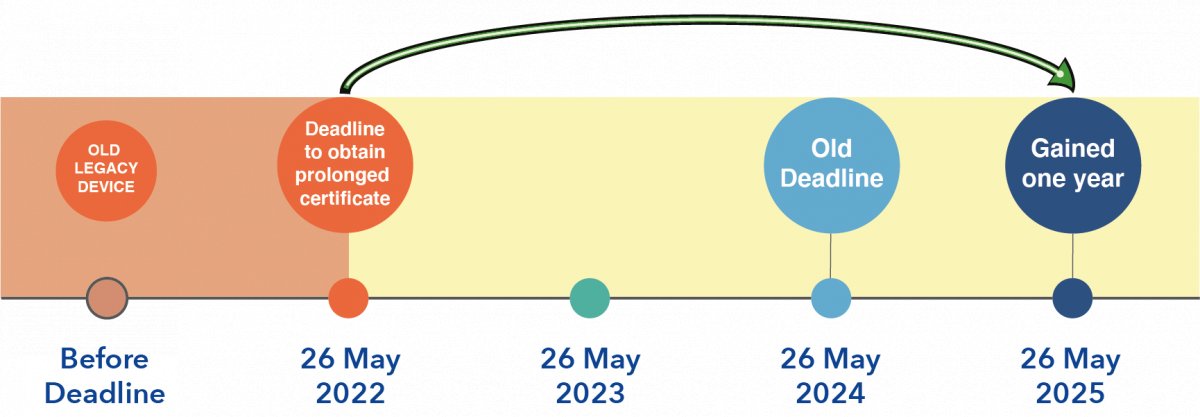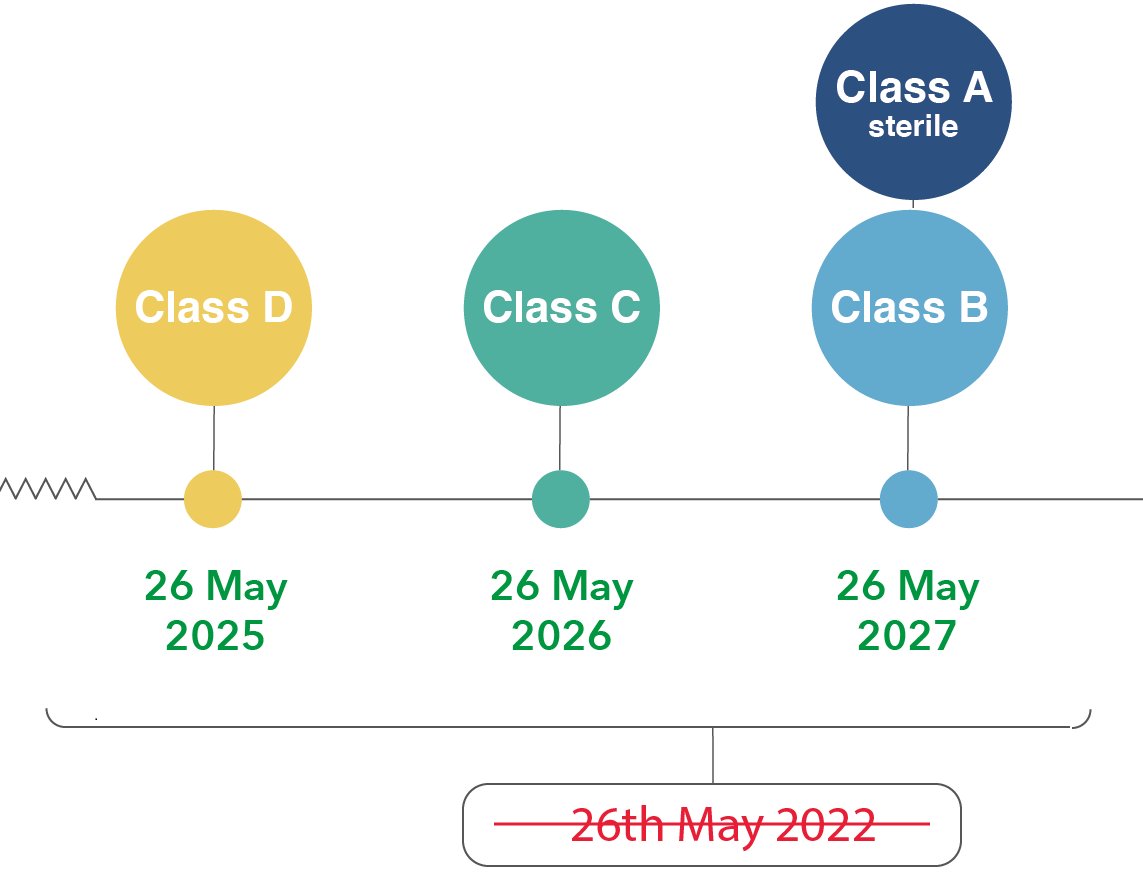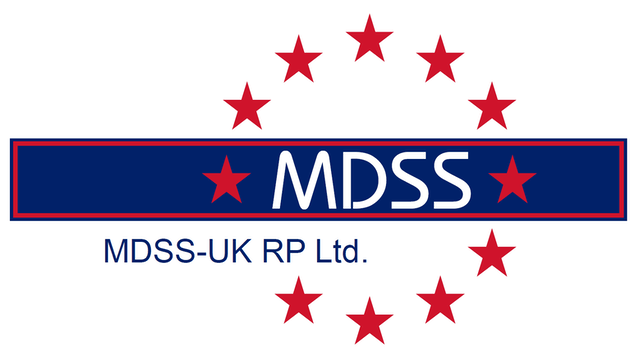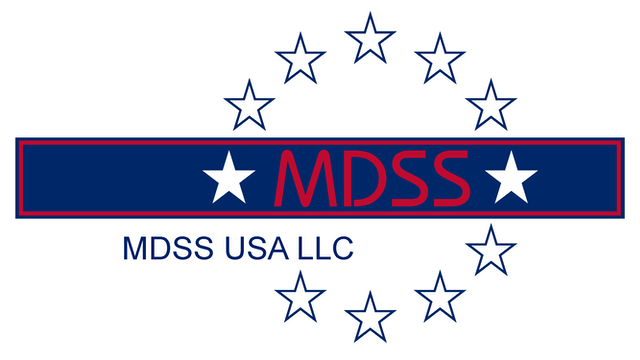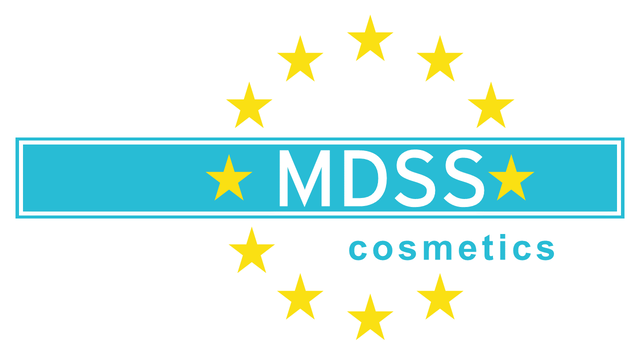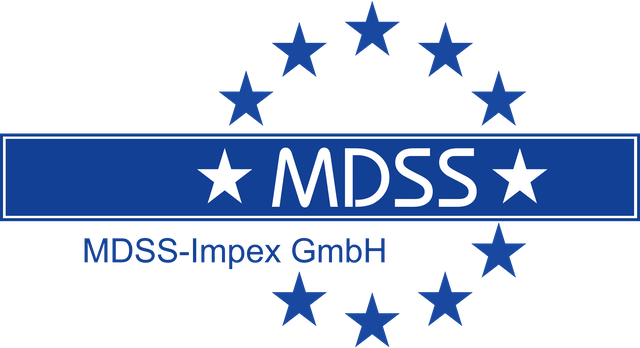EU survey alert: Share your thoughts on medical device regulations (MDR/IVDR)!
EC survey for MD and IVD manufacturers and AR on the status of the MDR/IVDR implementation!
This survey is being endorsed by the European Commission (DG SANTE/HaDEA) to gather information and data regarding the progress of implementing Regulation (EU) 2017/745 (MDR) and Regulation (EU) 2017/746 (IVDR).
We urge all our clients, including those intending to introduce products to the EU/EEA market within the next two years, to support this effort by participating in the survey!
The goal is to gain an accurate understanding of the status of MDR/IVDR implementation, and your input is incredibly valuable. The European Commission seeks information, also concerning orphan devices and low-volume medical devices that might vanish from the EU market. This data will guide future directions and the implementation of necessary measures.
Here is the PDF version of the survey along with the endorsement letter from the European Commission.
Link to the survey: https://ec.europa.eu/eusurvey/runner/MFandAR
Survey deadline: 15 January 2024 (23:59 CET)
SAVE-THE-DATE
Webinar with the study team with details on the survey background and the survey structure:
Thursday, 7 December 2023*, 1-2pm CET (no registration needed)
https://us02web.zoom.us/j/85169178337?pwd=Qy94NFZwa2M0VWZpYWxyc0JCK3h3UT09
Meeting ID: 851 6917 8337, Passcode: 442308
*another webinar is likely to take place in the near future

